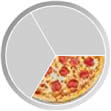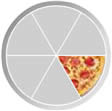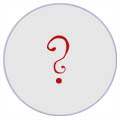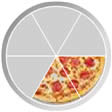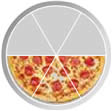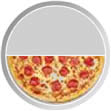We revisited polygon in class tonight. It sounded alien at first but everything seems to get rusty when not used for long. However, memories of working on these topic came right back as we discuss and make rediscoveries in class. It was indeed an experience to learn the RIGHT way.
Here's a good summary of what polygon is all about.
A polygon is a plane shape with straight sides.
Polygons are 2-dimensional shapes. They are made of straight lines, and the shape is "closed" (all the lines connect up).
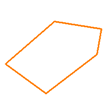 | 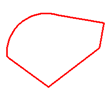 |  |
| Polygon (straight sides) | Not a Polygon (has a curve) | Not a Polygon (open, not closed) |
New discovery!
How to find an area of a polygon?
You'd be amazed that you can find the area by counting the number of dots and used the formula. *BINGO*
Polygon in a nutshell
Click POLYGON to challenge yourself!








